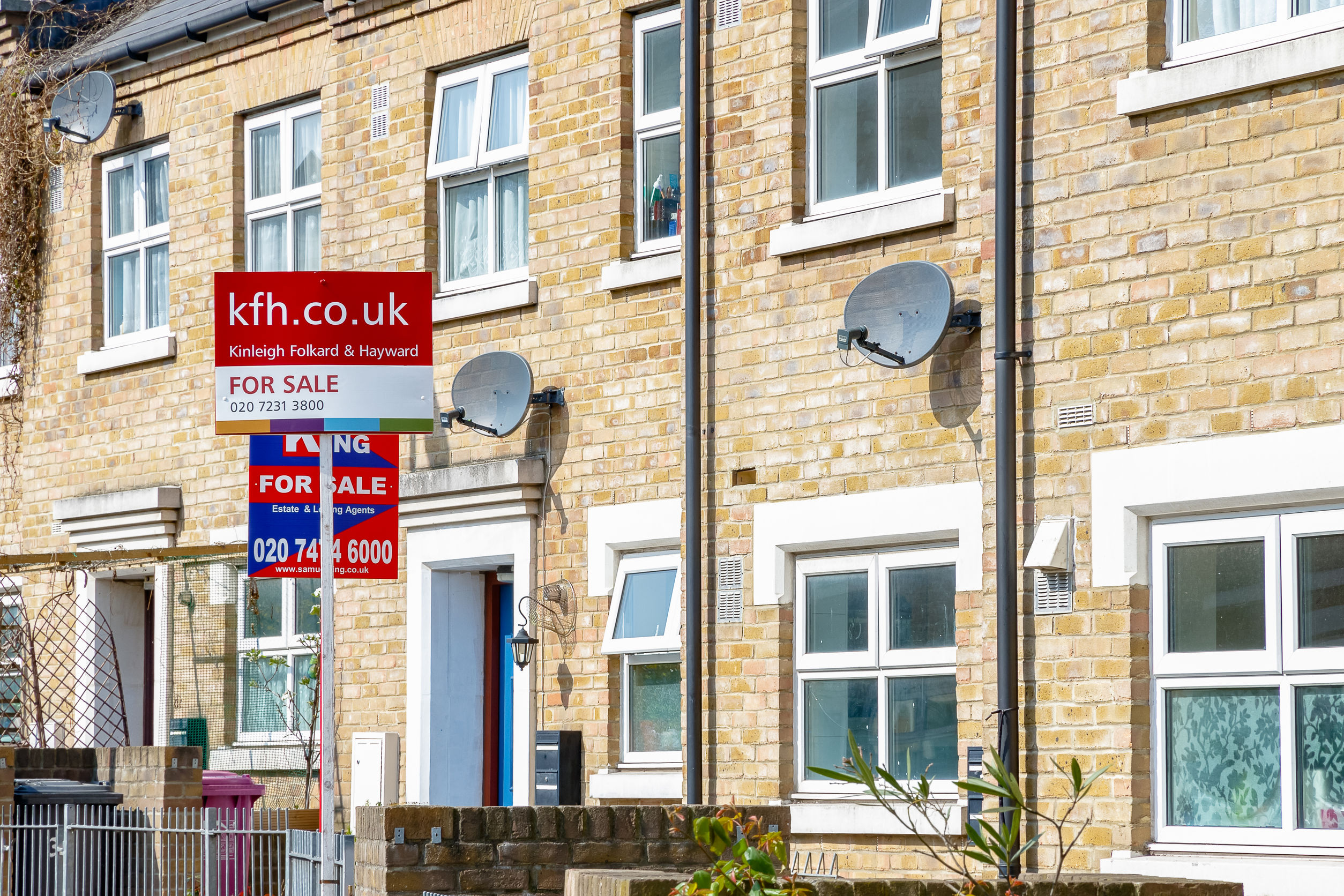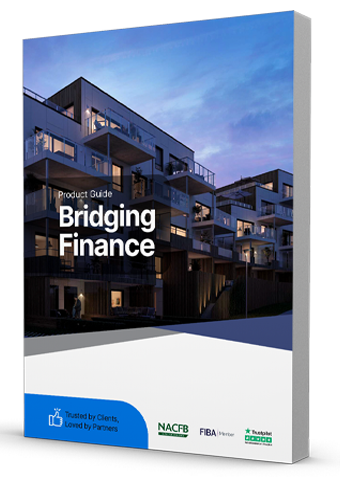The property market, which has been at its best in years, shows no signs of slowing down. Home prices gained 0.4 per cent in July compared to June, according to the latest Halifax house price index, driven by confidence in the economy and low borrowing rates. Even while yearly growth indicates a cooling market, with prices up 7.6% versus 8.7% in June, this is partly explained by a robust July last year, when the first lockdown ended and the stamp tax holiday was implemented.
Furthermore, the annual price reduction may not apply to all areas. The national average property price masks considerable regional variances, with the northwest, Yorkshire and Humberside, and Wales continuing to lead the way in house-price rise. This isn’t surprising given that these areas are not only more inexpensive than London and the southeast, but they also have more green space, which ties in with shifting customer mood and the demand for the greater area both inside and out.
Halifax’s findings were backed up by Nationwide Building Society’s house-price survey, which found that, despite the end of the complete stamp duty break, prices did not fall off a cliff in July, as many had predicted.
Low-cost borrowing
House prices are expected to continue growing as economic confidence grows, thanks to a lack of available properties for sale and low financing costs. They won’t rise as quickly as they have in the past, but they won’t sink any time soon either. We expect the strong housing market to continue even when the furlough plan is phased out, with borrowing at its lowest level ever.
In June, the Bank of England reported a jump in net mortgage borrowing, which reached new highs, as buyers attempted to take advantage of the stamp duty holiday before it ended at the end of the month. However, while this deadline drew buyers’ attention, individuals who missed the June 30 deadline have continued to complete purchases, knowing that they can still save money on stamp duty before the end of September.
As we approach August, the market is significantly calmer as many people take much-needed vacations. When people return from holidays and children return to school in September, observing how things take up again will be interesting. Will the last-ditch effort to take advantage of the stamp duty break result in a surge in transactions, keeping prices high?
How can Funding11 assist you?
According to the latest Bridging Trends data, the nearing end of the stamp duty holiday has fueled demand for bridging loans, as property owners and landlords take advantage of tenant demand to increase their portfolios in the second quarter. A short-term loan may be the best option for someone who needs money quickly.
We can bridging finance from £30,000 to £250 million at up to 75% loan-to-value with terms ranging from 1 to 36 months at Funding11. We can lend on residential, commercial or semi-commercial properties, and we can agree to loan in principle in as little as 4 hours. Please get in touch with us at ineedcash@funding11.com or 02034759299 for further details.












